Local Storage seems to be disabled in your browser.
For the best experience on our site, be sure to turn on Local Storage in your browser.
Choose your country
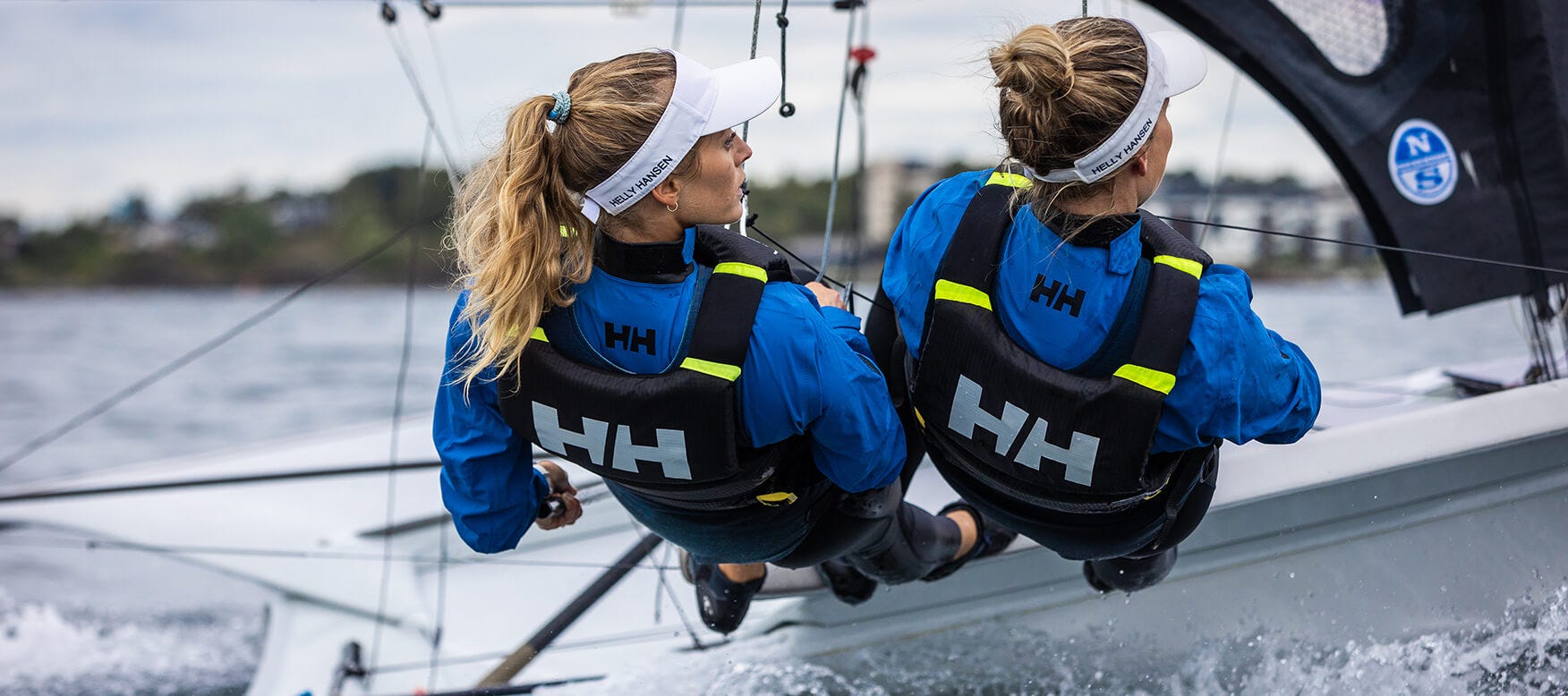
How to Choose a Life Jacket
May 02, 2023
Update: March 01, 2024
5 min read
Life jackets are a form of personal flotation device (PFD) that will keep you afloat in the water.
There are many different versions of PFDs to choose from and different activities often require different PFDs. For example, offshore sailing requires a different life jacket than dinghy sailing. Ultimately, picking the right life jacket can help you feel safe and comfortable. The consequences of wearing the wrong one or not wearing one at all, can be much worse. So, take your time and choose wisely. We’re here to help.
Together with RNLI, we’ve put together an easy guide to explain some terminology associated with life jackets as well as how to choose and use the right gear for your activity.
*Our life jackets are only available in Europe
DO I NEED TO WEAR A LIFE JACKET?
According to the WHO, an estimated 372,000 people die from drowning each year. Yet, research* has proven that wearing a life jacket can increase your chances of survival by up to four times if you’re immersed in cold water. Even if you’re an excellent swimmer, you should wear a life jacket or buoyancy aid when you’re out on the water. Nature’s water, from oceans to rivers and lakes, can be unpredictable and overwhelming. Plus, just like wearing a seat belt, a life jacket is often a legal requirement. Whether you’re sailing across the globe or hanging out on the deck, wearing the right life jacket could save your life.
*Source: Professor Mike Tipton 2012.
WHAT IS A PERSONAL FLOTATION DEVICE (PFD)?
A personal flotation device (PFD) is something you wear that will keep you afloat should you enter the water. There are different types, but the most common are buoyancy aids and life jackets. The term “life jacket” is often used to describe both buoyancy aids and life jackets, but there is a difference in the level of categorization (more on that later). If you're in Euope, both buoyancy aids and life jackets are available on our website under the category “life jackets”.
TYPES OF PFDS
PFDs are categorized based on their level of buoyancy — measured in Newtons. The levels include 50N, 100N, 150N, and 275N. See the descriptions below for information on the capabilities of each level.
All new life jackets sold in Europe are required to meet the International Standards Organisation standard ISO 12402. Older life jackets may carry the CE mark. This is numbered from EN393 to EN399 depending on the amount of buoyancy provided. Learn more about our life jackets’ certificates of conformity to aid in your choice of a life jacket.
Level 50 buoyancy/floating aids are designed to keep the wearer afloat, but not to turn a person from a face/down position in the water. This level is ideal for swimmers in sheltered waters or where help is close at hand. However, they do not have sufficient buoyancy to protect a person who is unable to help themselves.
Level 100 life jackets are designed for those who may have to wait for rescue but would do so in sheltered and calm waters. It may not have sufficient buoyancy to protect a person who is unable to help themselves and may not roll an unconscious person on to their back.
Level 150 life jackets are designed for use on coastal and offshore waters where a high standard of performance is required. It should turn an unconscious person onto their back and requires no subsequent action by the wearer to keep their face out of the water. Yet, its performance may be affected if the user is wearing heavy and/or waterproof clothing.
Designed for offshore use in extreme conditions, often for those wearing heavy protective clothing that may adversely affect the self-righting capacity of lesser lifejackets. Like level 150, this life jacket is designed to ensure that the wearer is floating in the correct position with their mouth and nose clear of the surface of the water.
THE 3 MAIN FACTORS FOR CHOOSING YOUR LIFE JACKET
1. Size and Fit
Did you know that all adults, regardless of their size, weigh approximately 5kg/11lbs when immersed in water? You don’t need a higher Newton level PFD just because you’re big. However, level 100 buoyancy aids and life jackets usually come in a broad range of sizes (from baby to XXXL). Even if the buoyancy level doesn’t change, it’s important to find one that fits correctly.
FITTING YOUR 50N BUOYANCY AID
Ensure that your buoyancy aid is the right size by doing this quick check: put on the jacket and try to lift from the shoulders. If you can move the jacket, it’s too big (or not tight enough). Try a smaller size or a snugger fit.
FITTING YOUR 100N+ LIFE JACKET
Crotch straps should be secure and all other straps adjusted correctly. If the life jacket belt is not securely fastened, the life jacket will rise above the shoulders and reduce its effectiveness.
Familiarize yourself with the buckles on your life jacket and make sure that the belt does not slack. Try fitting the belts properly before you buy your life jacket.
TRY THE LIFE JACKET ON
If you’re browsing on our website, you can filter life jackets by your weight. If you're unable to fit the jacket securely, exchanges are very easy. See our return policy for more details.
If you’re in our store, try the life jacket on. How does it feel? Is it comfortable? And of course, first-hand knowledge and recommendations can be the most valuable. What do your friends and family recommend?
2. AUTOMATIC OR MANUAL
There are three inflation methods for gas-only life jackets. Most inflatable life jackets are inflated by piercing a bottle filled with carbon dioxide (CO2) attached to a firing head. Orally-inflated-only lifejackets (ones without a gas cylinder) are not recommended for everyday use.
MANUAL
Manually inflated life jackets are operated by pulling a cord that pushes a firing pin into the CO2 bottle, inflating the life jacket. With manually inflated activation, there is no risk of false activation which could happen when a wearer is hit by a large wave. The downside of manual activation is that it will not work when the wearer is unconscious or suffering from cold water shock.
AUTOMATIC
Automatic water-activated life jacket
Most people choose a life jacket that will inflate automatically if they enter the water.
This life jacket works by water-activated automatic firing heads with a small pellet or bobbin that holds back a strong spring. When the pellet/bobbin touches water, it dissolves quickly, releasing the spring which pushes the firing pin into the gas bottle, inflating the life jacket.
Automatic pressure-activated life jacket also called Hydrostatic or Hammar
Choose this type of lifejacket if you take part in an activity where you are regularly soaked by waves or sea spray because it won’t fire unless fully submerged in water. Hydrostatic (Hammar) life jackets work the same way an automatic life jacket (with a dissolving pellet) but the pellet is protected by a case. Water can only get in once it is a few centimeters underwater.
Another bonus: CO2 bottles in pressure-activated life jackets are less likely to suffer from corrosion.
Manually inflating automatic life jackets
You can always manually activate automatic life jackets. The primary way to manually inflate a life jacket should be the pull cord. Always try to inflate your life jacket before entering the water. Newer life jackets may have indicators to show if gas bottles are empty or if automatic firing systems have been triggered.
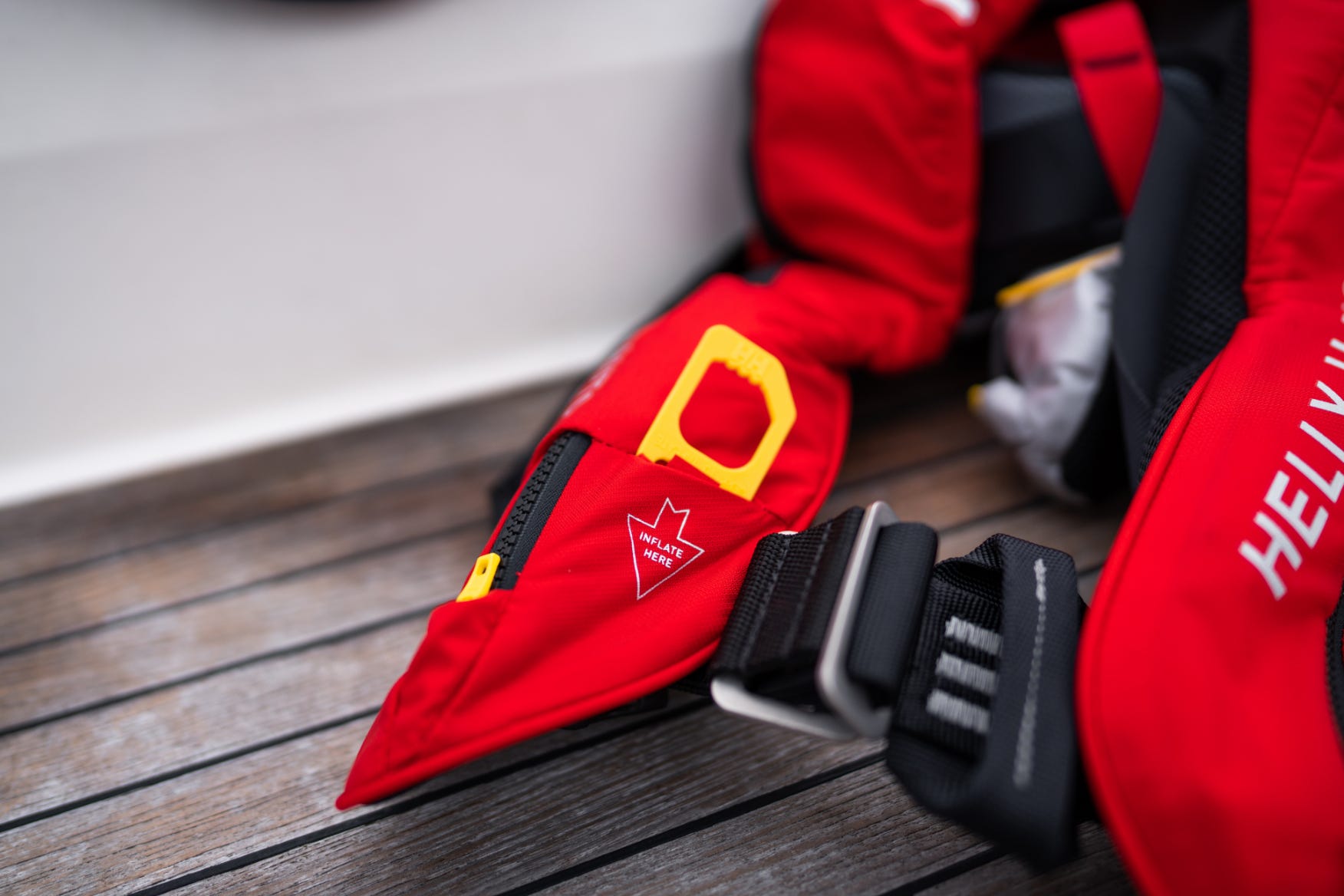
3. TYPE OF ACTIVITY
DINGHY SAILING
Look for a slimmer cut that allows freedom of movement around the boat. It should be high cut to allow bending and a trapeze harness. A dingy jacket should have a smooth exterior to avoid getting caught on the rigging. Because rescue is typically close at hand, a 50N buoyancy aid should suffice. Carry a knife to avoid entrapment in the event of a capsize.
INSHORE SAILING/SHELTERED WATERS
For swimmers with rescue close at hand, a 50N PFD can work well. For non-swimmers, or when rescue is not close at hand, a higher Newton life jacket is recommended.
OFFSHORE AND COASTAL SAILING
When you’re venturing farther from land, a higher Newton life jacket is necessary. Look for at least 100N. A deck harness is another important feature. Our Sailsafe styles are ideal for offshore adventures.
KAYAKING AND CANOEING
Look for life jackets or buoyancy aids that are cut away around the shoulders and the arms. You need to maintain mobility for paddling and swimming. Ensure that the life jacket has a belt or a drawstring to pull tight around the chest. Bright colors that are easy to spot are also important.
WHITEWATER RAFTING
Whitewater rafting PFDs require more buoyancy to keep you above water in fast currents. Therefore, they’re also bulkier. The fronts are also high cut to allow you to lean forward comfortably. A whitewater rafting life jacket must be secured tightly to ensure it’s not ripped off by water pressure. It must also have at least one pocket for rescue equipment and have a smooth, snag-free exterior.
OTHER WATERSPORTS
A buoyancy aid should be comfortable, but it does not have to be sport-specific. Find the right level of buoyancy in the right size, and your buoyancy aid can work for many watersports. But, double-check that it has a minimum buoyancy of 50N.
*available in select countries.
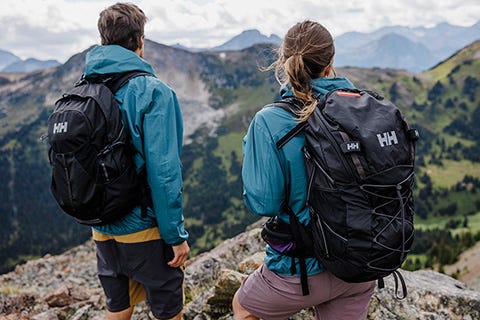
June 03, 2024 3 min read
How to choose the right backpack for your adventure
Ever wondered how much you can fit in your backpack? Whether you're planning a day hike or a multi-day expedition, choosing the right size is crucial. Learn about the different pack capacities, types and key features to look for.
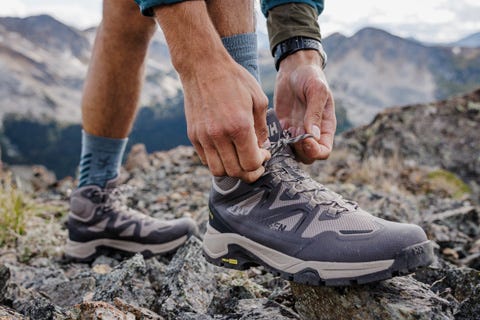
May 15, 2024 3 min read
How to Choose Hiking Footwear
The best hiking shoes or boots should be comfortable to wear. Follow our expert tips to learn how to choose the right hiking footwear for you.
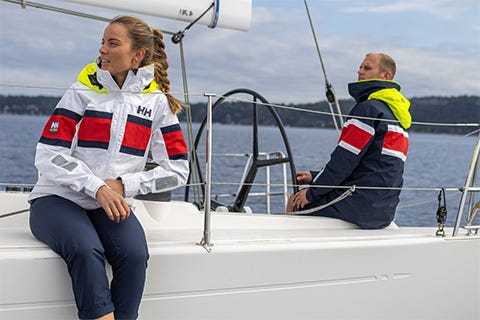
April 30, 2024 3 min read
What to wear Coastal Sailing
To dress for coastal sailing, you want to be protected against the wind and spray from the waves, and also the sun. In this guide, we share some top tips for layering from professional sailors, Kayleen VanderRee and Pip Hare.
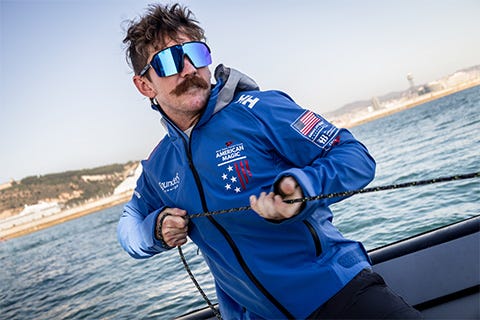
April 30, 2024 2 min read
What to Wear Inshore Sailing
Inshore sailing requires quick-dry materials and lightweight jackets. In this guide we share some top tips on what to wear from seasoned sailor, Mauro Melandri.
